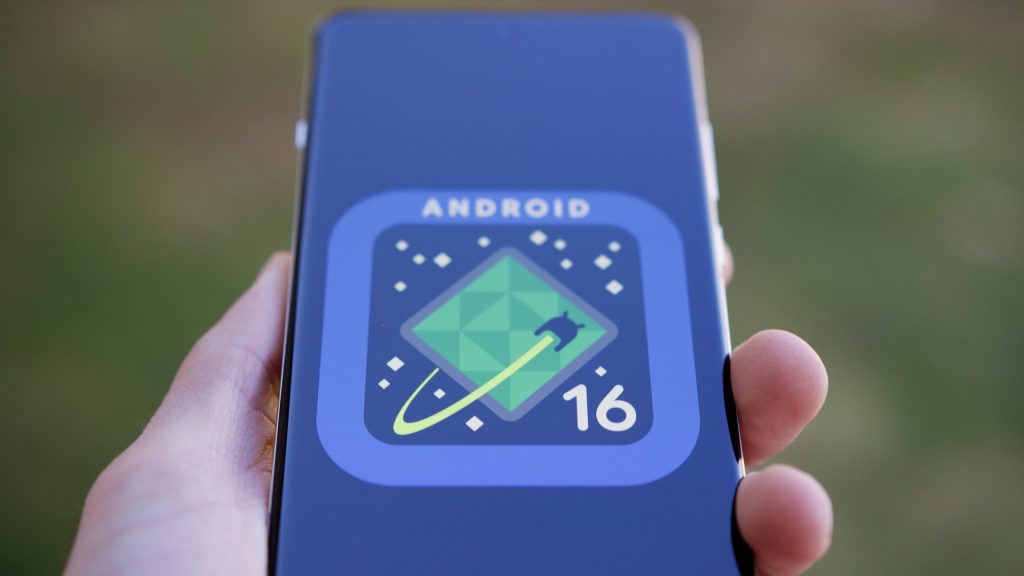It’s hard to believe, but we’re only months away from the public launch of Android 16. Since last November, we’ve had Developer Previews and beta versions, with a final release expected around May or June.
Currently, the update doesn’t offer many exciting features. While there are numerous developer-centric enhancements and backend tweaks, user-facing changes in Android 16 have been minimal. Aside from enhancements to the photo picker, Live Updates notifications, and improved support for tablets and foldable devices, the update seems somewhat lackluster.
Fortunately, things may be looking up. On March 13, Google rolled out Android 16 Beta 3, which includes several small yet appealing new features. These additions have significantly increased my interest in Android 16.
Major Changes to Quick Settings
The most exciting update is the revamped Quick Settings. Until now, Quick Settings in “stock” Android have remained unchanged since Android 13. However, Android 16 will feature a new split layout, separating notifications and Quick Settings into two sections. Notifications will appear when swiping down from the top left corner, while Quick Settings will be accessed from the top right corner.
Although I’m indifferent about the split design, I’m really looking forward to the updated look of the Quick Settings menu. The new layout enables vertical scrolling, taking up the entire screen, which means you’ll be able to see many more toggles at once. Currently, Android 15 displays just eight toggles, but with the new design in Android 16, you’ll be able to see around 16 or more at a time, a substantial improvement.
Moreover, Google seems to be testing different toggle sizes, including a new smaller square option that occupies half the space of typical rectangular buttons. This practical design is a welcome change, allowing more functionality to fit on the display while still looking great.
Enhanced Customization Options
Home screen customization in Android 15 for Pixel devices has been basic at best. It currently allows some app grid options, accent colors, and the ability to theme app icons. However, Android 16 is set to introduce additional customization, specifically with app icon shapes.
While this feature was not active in Android 16 Beta 3, I managed to enable it, which works as expected. A new “App shape & layout” section allows users to select from six different shapes for all their app icons. While some shapes are simple, like circles or squircles, others offer more unique designs.
In addition, Google confirmed the forthcoming introduction of lock screen widgets in Android 16 QPR1, scheduled for September. Having used iOS 16’s lock screen widgets, I’ve found them to be a fantastic feature for displaying relevant information quickly.
Final Thoughts on Android 16
While Android 16 may not be the most groundbreaking update in history, it is definitely taking shape and becoming more promising than it seemed a few weeks ago. Although the majority of the updates involve background changes, the enhancements like the overhauled Quick Settings, new app icon customization options, and the return of lock screen widgets prove that Android 16 will not be a boring release after all.
We should expect more details on these changes at Google I/O in May, where new features may also be unveiled. Although it might not be as massive as Android 13, there are indeed exciting improvements to look forward to!



